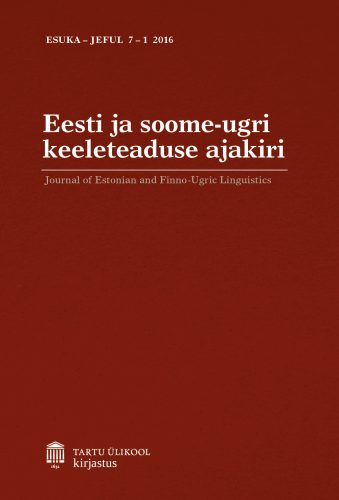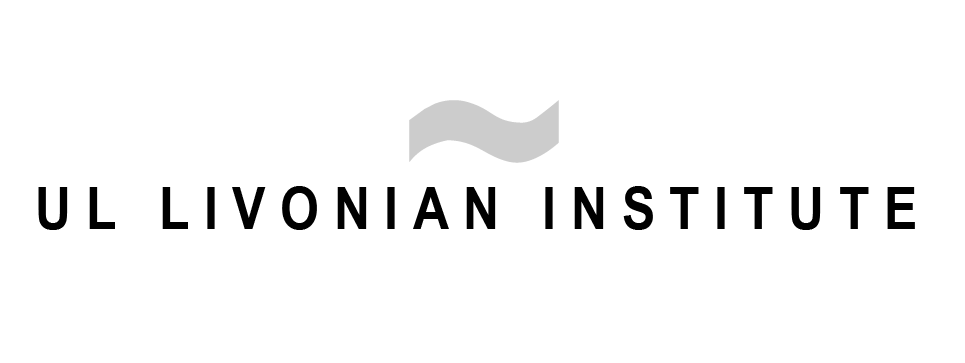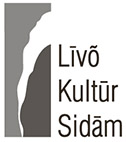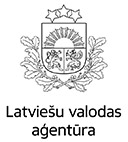Long-lasting and intense contacts between Finnic and Baltic tribes resulted in the linguistic and material intertwining of the cultures of these two groups, which belong to two different language families. This article concentrates on some interesting connections between both cultures, while attempting to explain and illustrate language contacts using the archaeological record. First, some semantically connected groups of Baltic loanwords in Proto-Finnic will be analysed in order to establish their time and place of borrowing. Next, the Late Bronze Age contacts will be shown to have been the most intensive. The borrowing of the Finnic name Kalev / Kaleva from Baltic kalvis / kalējs ‘smith’, which first was argued in my earlier paper written in Estonian (Lang 2012), is among the evidence for the intensity of these contacts. This is followed by a discussion of bronze work and the casting of bronze rings by these smiths or kalevs, and ends with an examination of the use of these rings as offerings and for taxation.

ESUKA / JEFUL. Special issue “Studies on Livonian II”. 2016.
Full article: Valter Lang, Early Finnic-Baltic contacts as evidenced by archaeological and linguistic data [ESUKA – JEFUL 2016, 7–1]






